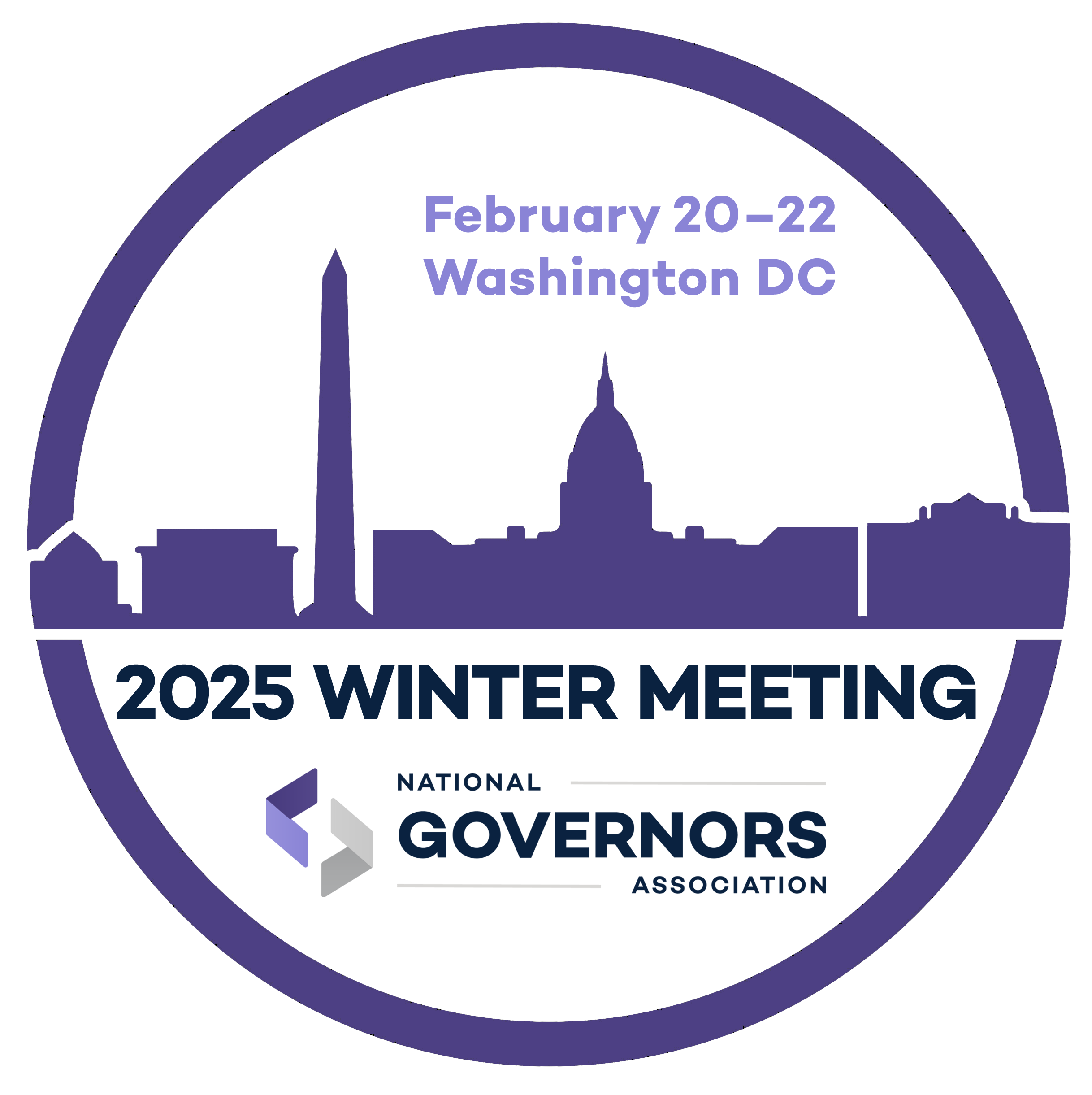Each quarter, the National Governors Association (NGA) Center for Best Practices Environment, Energy and Transportation Division pens “Governor’s Corner,” a column in Public Utilities Fortnightly.
In the latest edition, Program Director Aliza Wasserman and Policy Analyst Sam Cramer discussed the recent Governors’ Advisors’ Energy Policy Institute. The institute took place in June 2016 and was organized around the theme of Energy Policy in a Changing Energy Landscape. In the column, Wasserman and Cramer give insight into some of the topics discussed at the meeting, including the emerging disruptive technologies and implications for utility profitability, shale development best practices, updates on state energy planning, cybersecurity, energy assurance planning and opportunities for governors to address the energy-water nexus.
Governors’ Advisors’ Energy Policy Institute: June Meeting
By Aliza Wasserman and Sam CramerEach year the National Governors Association Center for Best Practices convenes governors’ energy advisors. They share lessons learned on state policy. And hear about the array of issues impacting the energy sector.
The recent Governors’ Advisors’ Energy Policy Institute, held in June 2016, was organized around the theme of “Energy Policy in a Changing Energy Landscape.” It featured topics including: emerging disruptive technologies and implications for utility profitability, shale development best practices, updates on state energy planning, cybersecurity, energy assurance planning, and opportunities for governors to address the energy-water nexus.
Some themes emerged as governors’ advisors updated each other on their energy policy priorities for the coming year. Several states are in the process of updating their state energy plans to reflect their new priorities for the next energy cycle.
Another theme focused on hardening electric grids against natural disasters and physical or cyber-attacks. State energy priorities include reducing energy use in government buildings, addressing net metering debates, and exploring financing for clean energy.
Another recurring topic was the opportunity to improve conservation of resources at the intersection of energy and water. States were also interested to hear about the latest energy production projections from the U.S. Energy Information Administration. Two multinational companies presented their interest in citing new facilities in states that allowed them to purchase renewable energy, and this garnered interest for the economic development benefits.
Closing takeaways included the need to understand more about equity issues surrounding emerging technologies for low-income populations. As well as the need for more information on potential changes to utility business models, and the energy-water nexus.
We heard from a utility executive about his interest in investing in energy efficient appliances on the consumer side of the meter. State officials engaged in a discussion around disruptive technologies, and their impact on the current utility business model.
Some agreed that utilities should take the lead on owning distributed resources and energy effi ciency, because utilities have low interest rates, and customers are not investing in them at the optimal level.
Others questioned if utilities should own such distributed assets, since these are not monopolistic products. And utilities would have an unfair advantage over third-party businesses who are promoting them.
Most gubernatorial advisors did not express a firm position on the matter, but demonstrated interest in learning more. Participants discussed different policies to integrate eff orts to reduce the use of water and energy in their states.
One state official presented that water conservation measures achieved the most signifi cant portion of energy savings of all the various efficiency programs. And that the energy savings that come from water conservation eff orts were of significantly lower cost than those focused on energy savings directly.
The National Governors Association Center staff presented a suite of policy recommendations for addressing the water-energy nexus. These will be released in an issue brief this fall, based on an experts’ roundtable hosted earlier this year.
The policies included incenting utilities to prioritize installations of smart meters at water facilities; evaluating opportunities to fund water conservation as a cost-effective means of energy conservation; and supporting greater internet access in rural areas to enable farmers to leverage conservation technologies. The recommendations include asking utility regulators to conduct a water-energy revenue stabilization pilot study to help identify options for separating revenues from sales volumes.













